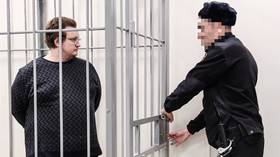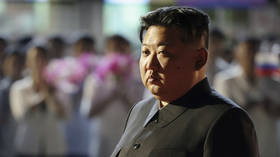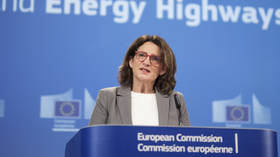100,000 amps breakthrough: Highest electrical current achieved in Japan

Japanese scientists have managed to achieve an electrical current of 100,000 amperes – by far the highest to be generated in the world – with cutting edge technology of stacking special tapes.
The National Institute for Fusion Science (NIFS), of the National Institutes of Natural Sciences (NINS), in Japan created an avant-garde conductor containing yttrium-based high-temperature superconducting tapes. Designed in collaboration with Tohoku University, the low-resistance joint technology involved in the conductor joints development only added to its mechanical strength.
The results obtained are overwhelming: the electrical current exceeds 100,000 amperes at the absolute temperature of minus 253 degrees Celsius (487 degrees Fahrenheit). Just to compare, the electric current intensity of a domestic power receptacle reaches only up to 25 amperes.
“The overall current density exceeds 40 A/mm2 including the jackets, and this value is of practical use for manufacturing large-scale fusion reactor magnets. This result is of global importance,” the researchers said.
What makes superconductors so special is that they conduct electricity with no resistance. Unlike more usual and cheaper copper/silver, near absolute zero superconductors don't lose any energy and the current they carry starts generating a magnetic field. This feature, called the Meissner effect, gives magnets placed above them a startling capacity to levitate.
In fusion reactors, which are currently in experimental stages and haven’t been put into practice yet, a superconductor itself acts a magnet. It keeps hot plasma from touching the reactor walls by repulsing its magnetic field.
Nuclear fusion power plants would be able to provide humankind with a rather safe and environmentally friendly energy production method. It promises to be inexhaustible, as its fuel – deuterium – can be found in large quantities in the Earth's ocean.
Other applications of high-temperature superconductors may seem a bit futuristic, yet these could come in the form of high-speed levitating monorail trains, flywheel energy storage systems, or smart grids.














